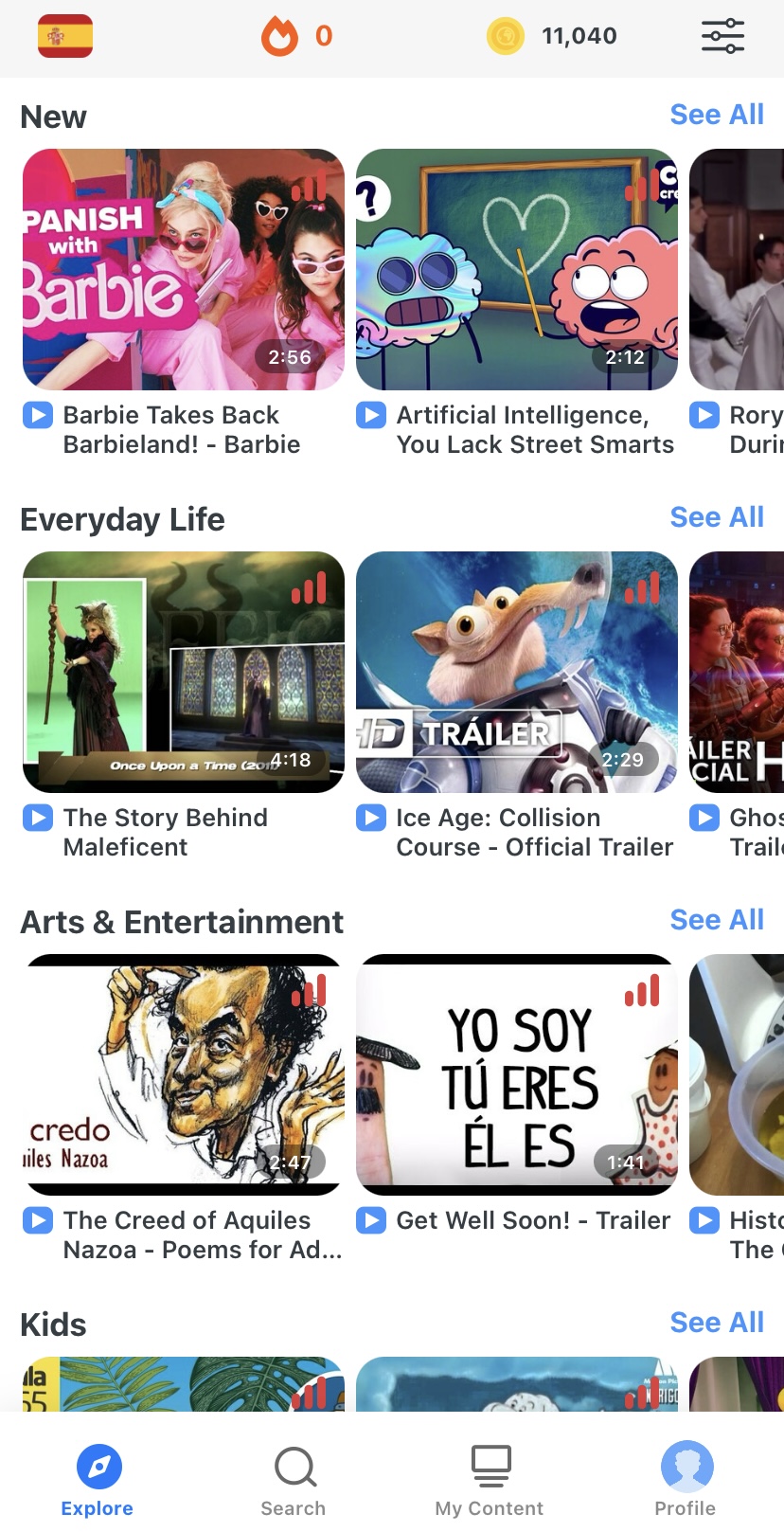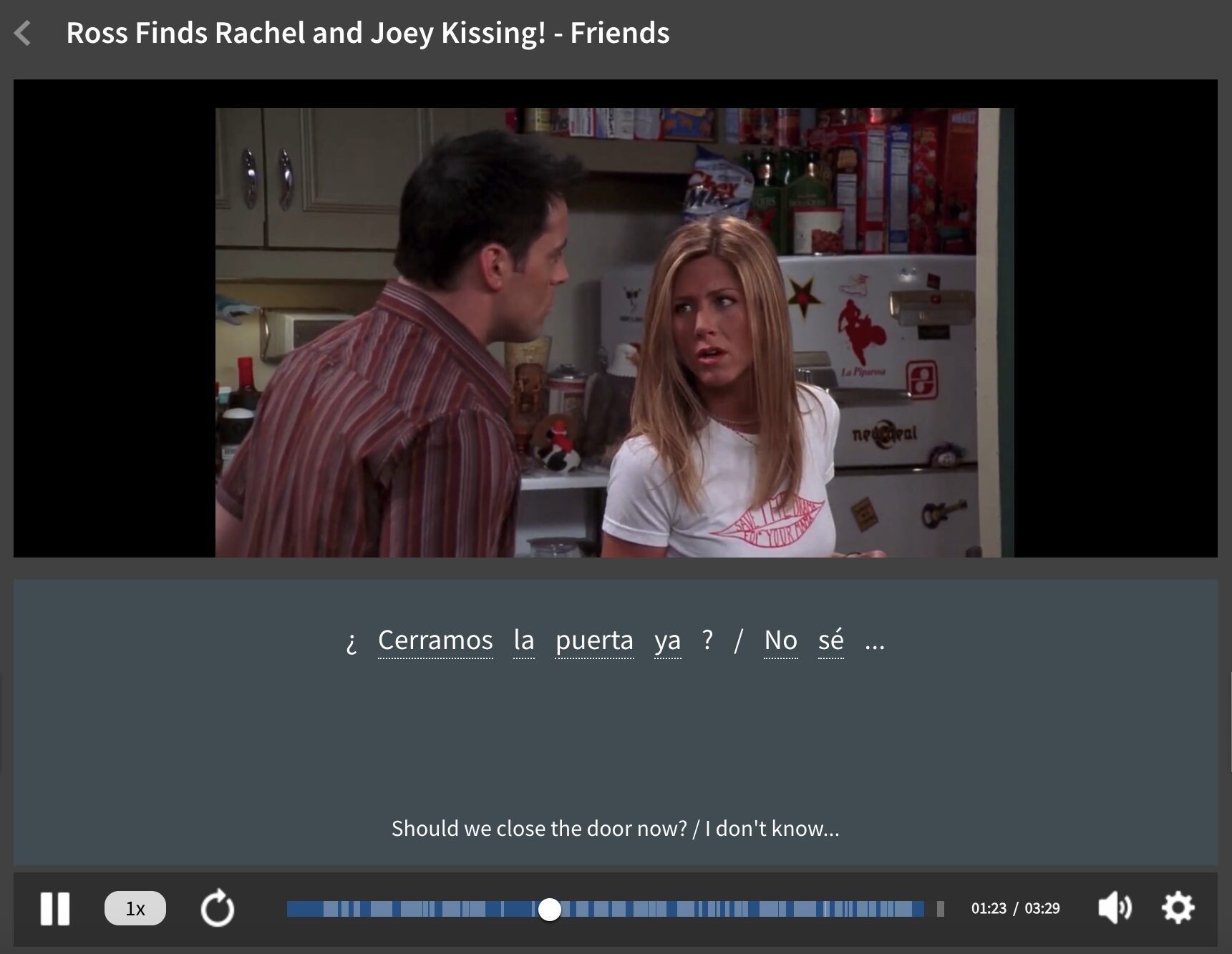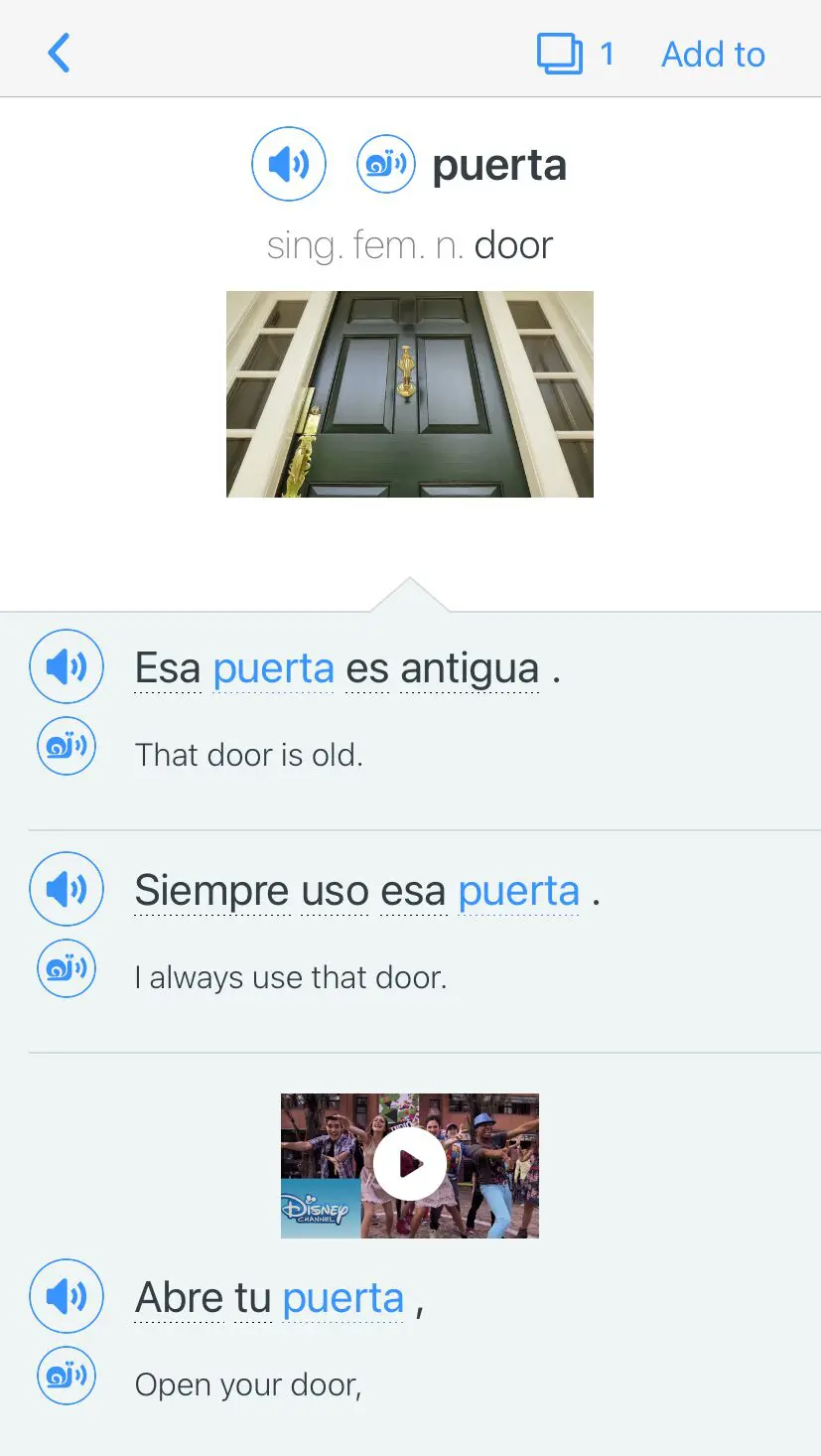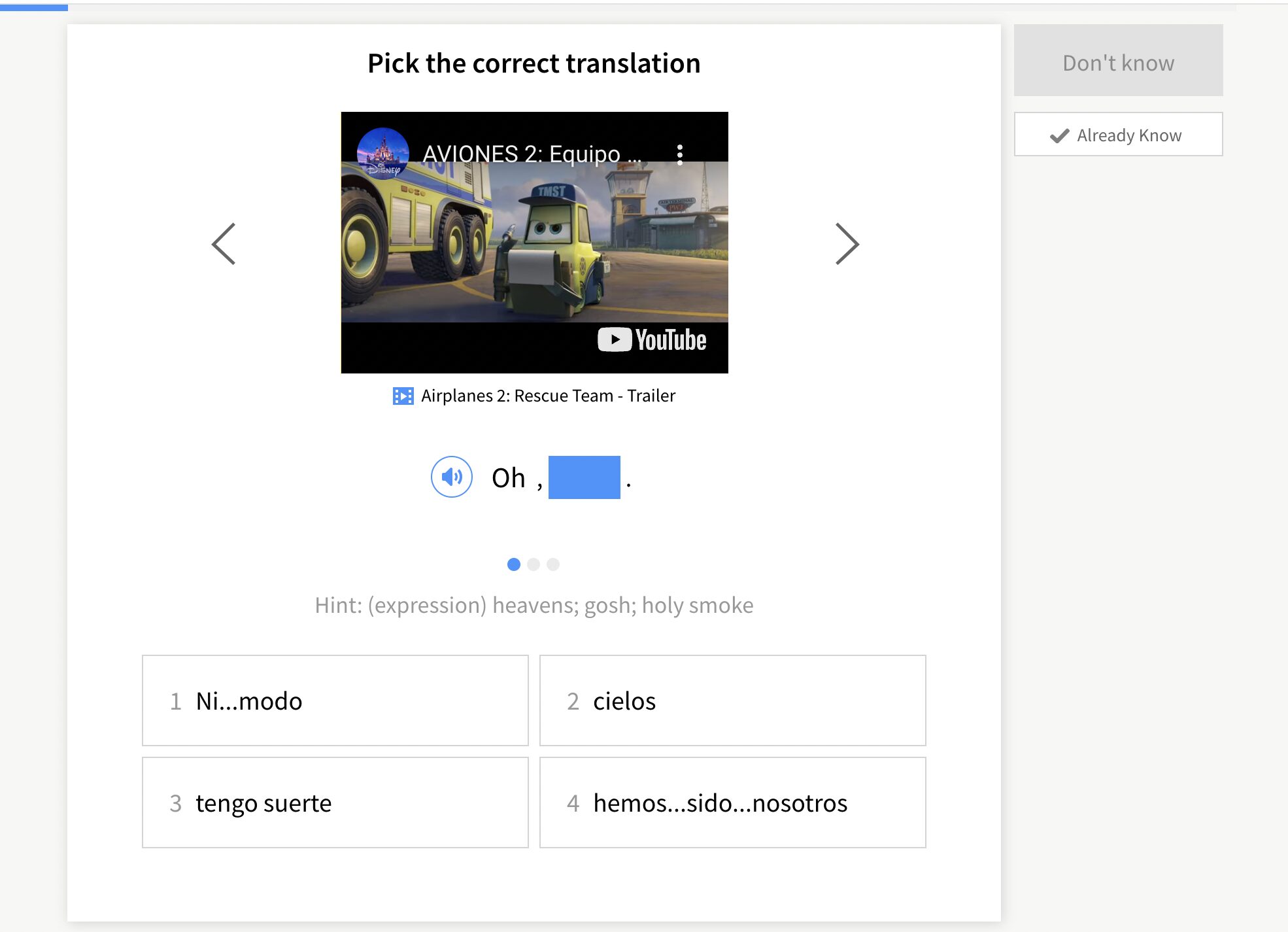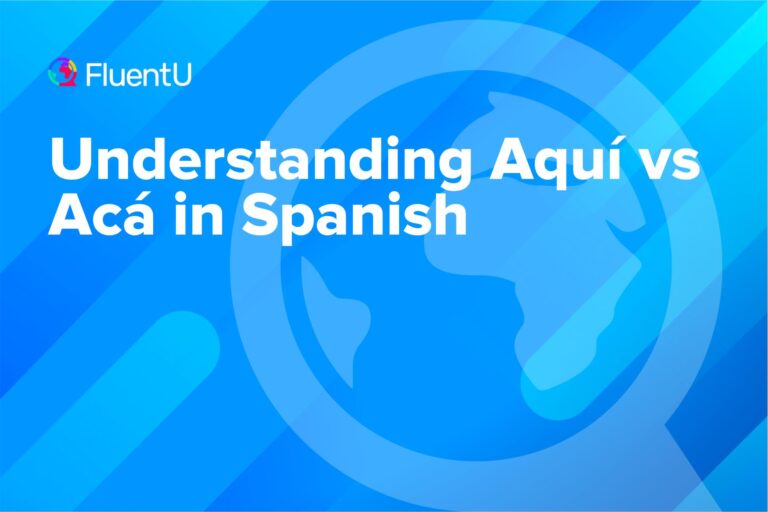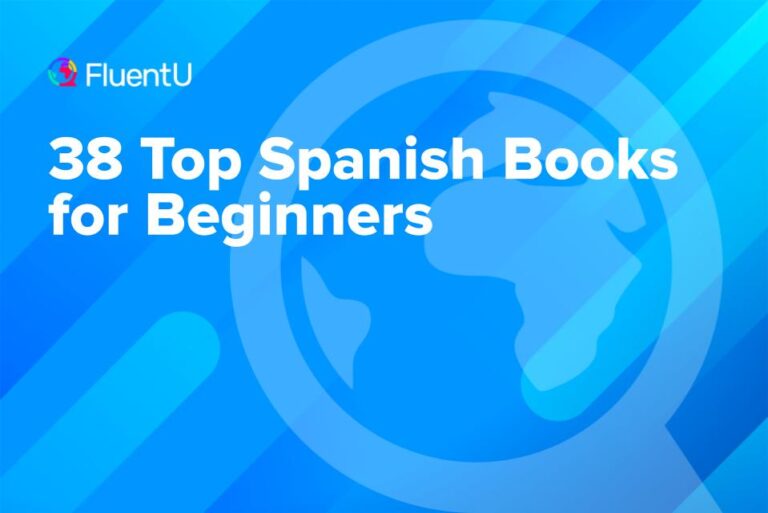How to Teach Yourself Spanish: Tips and Resources for Self-study
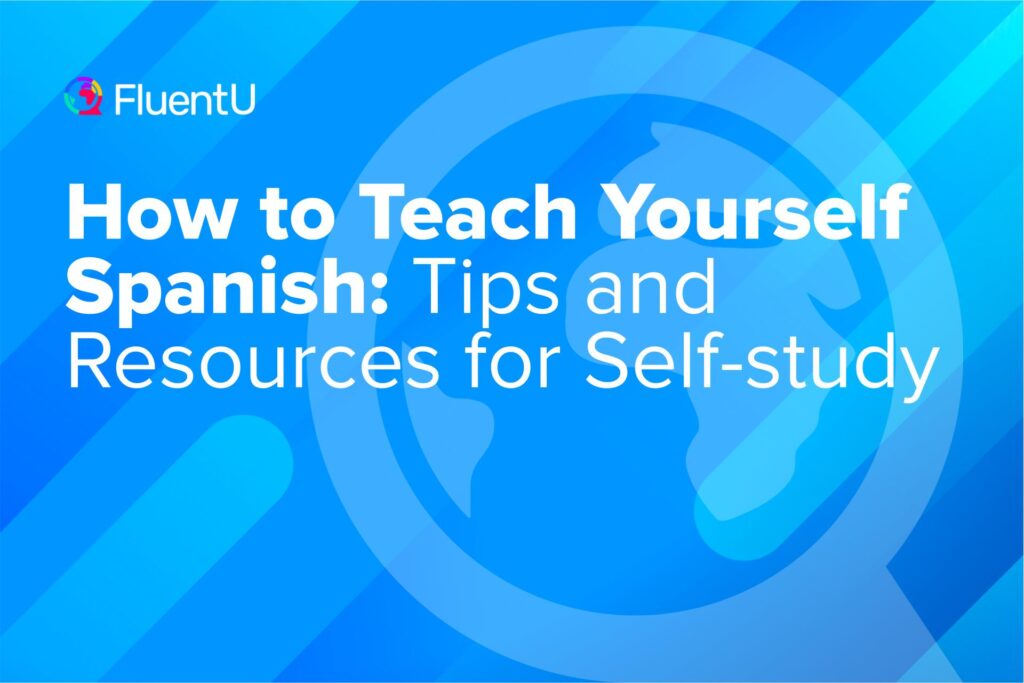
Self-studying a new language requires a good plan and some great resources. If you take the time to gather the right essentials and devise a robust but workable schedule, you’ll be much better set up to start your studies.
Keep reading for a step-by-step guide on how to prepare yourself for success when learning Spanish on your own.
Download: This blog post is available as a convenient and portable PDF that you can take anywhere. Click here to get a copy. (Download)
1. Design an Effective Curriculum

You know you want to learn Spanish, but where and how should you begin? Before diving into learning, you should design a curriculum to follow.
Start with the basics
Start with the words and phrases you say every day in your native language, as well as some of the more basic grammar that’s fundamental to your speech.
Here are ten topics you’ll want to include in your curriculum as a beginner (or to make sure you’ve covered already):
- The Spanish alphabet
- Basic Spanish pronunciation
- Numbers: Start with 1-10, and then add 10 more each lesson or week
- Greetings
- Basic grammar: Look at the Spanish equivalents of nouns, articles, adjectives, pronouns and verbs you use most commonly
- Colors
- Food and drink; ordering at a restaurant
- Directions
- Family
- Everyday communication (using email, making calls)
I’ve found that focusing on one of these topics per week is effective, although it depends on how much time you have to spend studying. Don’t forget to come back to topics you’ve already learned to review them from time to time.
Look at course curricula
Even if you choose not to use a formal course to learn Spanish, they’re a great resource for guiding you through what you should learn in the right order. Some schools and colleges will provide their syllabi online which you can use to create a structure for your studies.
You can also design a curriculum using the table of contents from a language book. Textbooks are usually broken down into handy sections, walking you through topics in a way that builds your knowledge gradually.
Amazon and Google offer a look at the table of contents of Spanish study books, which can give you ideas for building a curriculum. For example, the content page of this “Spanish in Three Months” textbook on Amazon gives you a breakdown of what to learn week by week.
2. Create a Study Schedule and Stick to It
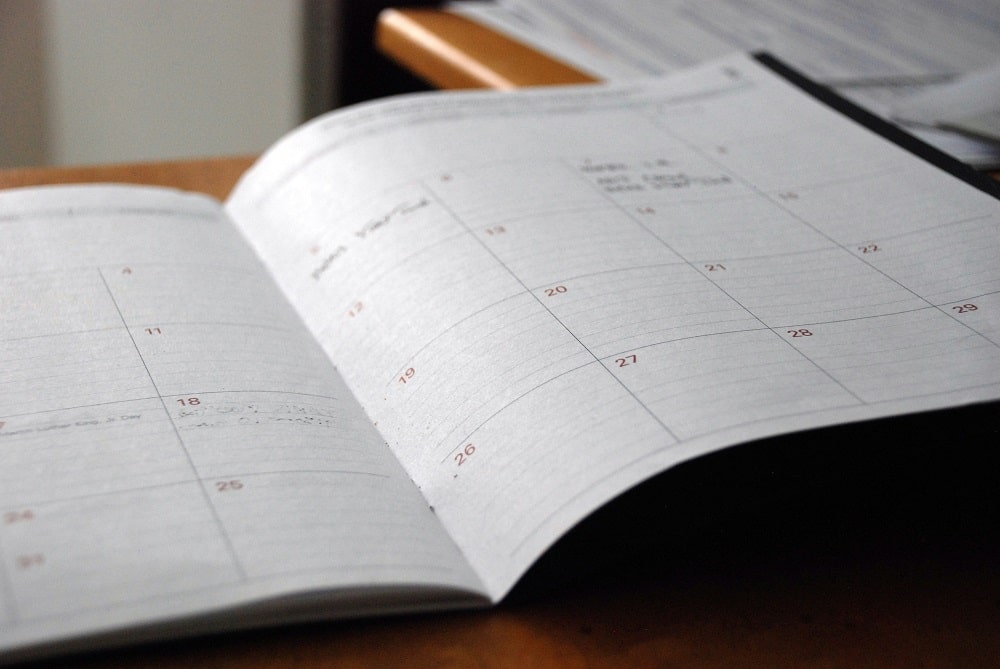
If you want to make steady progress on your curriculum, you should create a study schedule. By knowing what you have to do and when, you’re more likely to gather and maintain momentum. Here are some tips to help you stay on track:
- Get into a study routine. If you can commit to a certain number of hours at dedicated times each week, your study becomes part of your routine and before long, you’ll sit down to study without even thinking about it. In the early stages, an app like Way of Life can act as a good prompt while you build your study habit.
- Don’t over-commit. Ambitious goals are all well and good, but if they’re not sustainable, you’re going to fail pretty quickly. Instead, have a realistic look at your life. Write a schedule of what you do currently and note where you have any gaps or could make a gap (for me, that was the hour I spent scrolling on Instagram every day). By using time that’s actually available to you, you’re less likely to over-commit.
- Be prepared for when you lose momentum. At some stage, you’re bound to lose momentum. If this happens, try to identify why you’ve stopped studying. If your schedule is too busy, revise it. If you’re bored by your course, see if there’s a more engaging alternative. Take a break if you need one, but commit to a date to return to your studies.
- Recruit friends and make a commitment. Making a formal commitment to another person often makes it harder to slack or give up. Recruit friends to help, get your online Spanish-speaking community to hold you accountable or make a commitment contract online—there’s nothing like a bit of guilt to act as motivation.
Here are some more recommendations for creating a study plan.
3. Gather the Right Resources

Before you start learning Spanish through self-study, you should put together a study kit. It doesn’t need to take a lot of time or cost a lot. Here are the main essentials to put into your kit.
Textbooks
It’s worth investing in at least one great Spanish textbook. Go into a bookstore or use the Amazon preview function to read through the book and check that the layout is easy to follow and works for you.
You could also opt for something digital, such as the ielanguages Spanish Tutorial book, which comes in a simple, convenient e-book format. Here are some more great options:
The 20 Best Spanish Textbooks in 2025 | FluentU Spanish Blog
The best Spanish textbooks offer clear explanations, plenty of examples and enough practice exercises for you to really solidify what you’ve learned and assess your…
Dictionaries
There are a myriad of great Spanish dictionary and translator apps out there. I’ve found SpanishDict to be a great free resource—I love their word-of-the-day feature and the fun games you can play to review vocabulary. The audio pronunciation is also really useful when learning new words.
You can also opt for a hard copy. Merriam-Webster’s “Pocket Spanish-English Dictionary” is compact with over 40,000 entries. For something even more extensive, the “Compact Oxford Spanish Dictionary” has a clear layout and over 90,000 words/phrases. Picture dictionaries can also be incredibly useful when you’re starting out.
Grammar books
There are plenty of tips available online for Spanish grammar in general, but you’d do well to supplement your learning with a dedicated Spanish grammar book. That way, you can build a foundation before dipping into more complex topics.
It’s important to pick one that works for you, but here are three popular options to check out:
- “Practice Makes Perfect Complete Spanish Grammar”: More than 200,000 copies have been sold, so you know this book must be doing something right.
- “Practical Spanish Grammar: A Self-Teaching Guide”: The title says it all! Teach yourself in 15 easy-to-follow lessons.
- Barron’s “Spanish Grammar”: You might need some base-level knowledge to get along with this book, but the price is great and it can fit into your pocket, making it easy to study on the go.
If you opt for an online resource to learn Spanish grammar, the grammar section on StudySpanish.com is another good place to start.
4. Use Labels and Verb Tables

The more Spanish you’re exposed to when you look around, the more immersive your study time will be. Write down the Spanish words for household objects on sticky notes, then stick those around your house where they belong.
You can make this even easier by using Vocabulary Stickers. They’re very durable and stick until you want them unstuck. And they’re even color-coded by word gender!
You can also place verb conjugation tables in places where you’ll see them often, like on the refrigerator or in your office. When I was first learning Spanish, I had verb tables hanging on my bedroom wall—it was the first thing I saw when I woke up and the last thing before I went to sleep!
123TeachMe offers verb tables for over 10,000 Spanish verbs, although making your own adds some extra practice. Once you’re ready to practice conjugations, use a verb drill resource like ¡Es fácil!.
5. Take an Online Course

There are so many online Spanish courses to choose between, catering to different study styles and all at vastly different price points. Free courses are easy to test out, but even paid courses will often let you download a demo version or offer a free trial.
When you’re testing online courses, ask yourself, is the course…
• “Immersive,” with little to no English involved?
• A mix of English and Spanish?
• Purely text-based?
• Playful and interactive?
• Focused on real-world Spanish?
For example, the BBC’s Mi Vida Loca is a playful and interactive course with a mix of Spanish and English. Rosetta Stone is a more serious, structured program that walks you through every stage of learning and helps you learn new words by associating them with relevant images.
Here are some more options if you opt to take a Spanish course:
Our 18 Favorite Online Spanish Courses | FluentU Spanish Blog
Finding the ideal Spanish online course can be simple if you know where to look. Check out these great options for everyone from beginners to advanced learners. From…
6. Use a Language-learning App

Language-learning apps can be great at supplementing any self-study course. Many offer a free version, so you can try them out before committing to the more advanced/paid version.
Try finding an app or two that cover the key language skills. You could pair an app for reading and writing practice with another that offers speaking and listening practice. You should also look for apps that teach the language as it’s actually used in real life, such as FluentU.
FluentU takes authentic videos—like music videos, movie trailers, news and inspiring talks—and turns them into personalized language learning lessons.
You can try FluentU for free for 2 weeks. Check out the website or download the iOS app or Android app.
Click here to take advantage of our current sale! (Expires at the end of this month.)

Here are some more great apps you can use to learn Spanish:
19 Best Apps to Learn Spanish in 2025 (According to an Actual Language Learner) | FluentU Spanish Blog
Looking for the best apps to learn Spanish? Click here to find 19 of the best Spanish learning apps available in 2024. From classics like Duolingo to newer options like…
7. Build Your Listening Comprehension Skills

One of the hardest parts of learning Spanish is understanding those fast speakers. Without formal classes or living in a Spanish-speaking country, you’re going to have to make a bit more effort. That’s where audio becomes an essential part of your learning program.
Fortunately, there’s a lot of material at your disposal. You can try listening to the radio, podcasts and audiobooks in Spanish. You should start with audio resources intended for learners but once you’ve improved your comprehension, listening to authentic audio is key for understanding native speakers.
My favorite podcast for more advanced Spanish speakers is called “Se Regalan Dudas” which features two young Mexican women who aren’t afraid to get real about some taboo and relatable topics. Watching Spanish TV shows and movies is another great way to improve your listening comprehension:
I also highly recommend watching your favorite English TV shows dubbed in Spanish. You’re already familiar with the content and you enjoy it, so it’ll be much easier to focus on the Spanish in a stress-free setting.
8. Find Fellow Spanish Speakers

Speech is the remaining element you’ll need for your self-study Spanish course, and fortunately, there are plenty of ways you can practice speaking Spanish for free, without formal classes.
Meetup is a great option if you want to chat with people face-to-face. There’s a good chance there’s a group that meets regularly near you (and if there isn’t, why not start one?). I’ve found that in-person interactions did the most to boost my confidence when speaking Spanish, especially with other language learners who felt just as vulnerable as I did.
You can also download a language exchange app to find Spanish speakers looking for a language partner. Tandem is a great option that lets you chat through text, voice notes, audio or video calls. Here are some more excellent apps for language exchanges.
Self-studying Spanish can be a rewarding process. With the right tools, curriculum and schedule, you’ll be well-prepared to make progress towards your language learning goals.
For more ideas on how to learn Spanish on your own, check out this post next.
Download: This blog post is available as a convenient and portable PDF that you can take anywhere. Click here to get a copy. (Download)
And One More Thing…
If you’re like me and prefer learning Spanish on your own time, from the comfort of your smart device, I’ve got something you’ll love.
With FluentU’s Chrome Extension, you can turn any YouTube or Netflix video with subtitles into an interactive language lesson. That means you can learn from real-world content, just as native speakers actually use it.
You can even import your favorite YouTube videos into your FluentU account. If you’re not sure where to start, check out our curated library of videos that are handpicked for beginners and intermediate learners, as you can see here:
FluentU brings native Spanish videos within reach. With interactive captions, you can tap on any word to see an image, definition, pronunciation, and useful examples.
You can even see other videos where the word is used in a different context. For example, if I tap on the word "puerta," this is what pops up:
Want to make sure you really remember what you've learned? We’ve got you covered. Practice and reinforce the vocab from each video with learn mode. Swipe to see more examples of the word you’re learning, and play mini-games with our dynamic flashcards.
The best part? FluentU tracks everything you’re learning and uses that to create a personalized experience just for you. You’ll get extra practice with tricky words and even be reminded when it’s time to review—so nothing slips through the cracks.
Start using the FluentU website on your computer or tablet or, better yet, download our app from the App Store or Google Play.
Click here to take advantage of our current sale! (Expires at the end of this month.)
